A Comprehensive Guide to Workday HCM
Workday HCM is a cloud-based software solution that integrates various aspects of HR management into a single system. Its comprehensive suite covers everything from recruitment and payroll to talent management and analytics, all within a user-friendly interface. Designed to support global businesses, Workday HCM offers flexibility, scalability, and compliance features that cater to diverse and changing workforce needs.

In the contemporary business landscape, managing human capital effectively is not just a necessity but a strategic advantage. Workday Human Capital Management (HCM) stands at the forefront of this transformation, offering a suite of applications designed to help organizations manage their workforce more efficiently and intuitively. This guide by Multisoft Virtual Academy delves into Workday HCM Certification training, exploring its capabilities, benefits, and how it's reshaping the way companies approach human resources management.
Key Features
1. Unified System
One of Workday HCM's most significant advantages is its unified architecture. Unlike traditional HR systems that require integration of disparate modules, Workday provides a seamless experience, ensuring data consistency and real-time insights across all HR functions.
2. Talent Management
Workday's talent management tools are designed to help organizations identify, develop, and retain top talent. Features such as performance management, succession planning, and career development paths are integrated, facilitating a holistic approach to talent optimization.
3. Payroll and Compensation
Workday HCM simplifies payroll management, supporting multiple countries and currencies to accommodate global operations. Its compensation management tools allow for strategic salary planning, bonus allocations, and benefits administration, aligning financial rewards with employee performance.
4. Recruitment and Onboarding
Workday transforms the recruitment process with its comprehensive recruiting and onboarding tools. Organizations can manage the entire candidate lifecycle, from sourcing and screening to hiring and onboarding, within a single platform, enhancing the candidate and new hire experience.
5. Learning and Development
With Workday Learning, companies can deliver personalized training and development programs. This feature supports video learning, peer learning, and external content integration, promoting continuous professional growth.
6. Analytics and Reporting
Workday HCM comes equipped with powerful analytics and reporting tools, enabling organizations to make data-driven decisions. HR leaders can access customizable dashboards and reports to track key performance indicators and workforce trends.

Benefits
- Enhanced Decision-Making: The real-time analytics and unified data model in Workday HCM provide leaders with actionable insights, leading to more informed decision-making and strategic HR planning.
- Improved Operational Efficiency: By automating and streamlining HR processes, Workday HCM reduces manual workloads, freeing up HR professionals to focus on strategic initiatives rather than administrative tasks.
- Scalability: Workday's cloud-based architecture allows for easy scalability, making it an ideal solution for growing businesses. As organizations expand, Workday HCM can adapt to changing needs without the need for extensive IT involvement.
- User-Centric Design: Workday HCM's user-friendly interface ensures high adoption rates among employees and managers. Its mobile accessibility enhances user engagement by allowing users to access information and perform tasks from anywhere.
- Compliance and Security: Workday HCM's built-in compliance features help organizations navigate the complex landscape of global HR regulations. Additionally, its robust security measures protect sensitive employee data, ensuring privacy and compliance.
Implementing Workday HCM
Implementing Workday HCM is a strategic decision that requires careful planning and execution. Successful deployment involves:
- Stakeholder Engagement: Engaging key stakeholders early in the process to define objectives and expectations.
- Data Migration: Carefully planning the migration of existing HR data into Workday, ensuring accuracy and integrity.
- Customization and Integration: Tailoring Workday HCM to fit the organization's specific needs and integrating it with other business systems.
- Training and Support: Providing comprehensive training for HR staff and end-users to maximize the system's benefits and ensure smooth adoption.
The Future of HR with Workday HCM
As businesses continue to navigate the challenges of a dynamic global workforce, solutions like Workday certification play a critical role in transforming HR practices. The future of HR with Workday HCM is one of greater efficiency, deeper insights, and a more engaged workforce. With its continuous innovation and customer-centric approach, Workday HCM is poised to lead the way in human capital management for years to come.

Role of Artificial Intelligence
The integration of Artificial Intelligence (AI) into Workday Human Capital Management (HCM) marks a significant leap towards transforming HR into a more data-driven and efficient domain. AI in Workday HCM plays a pivotal role in automating routine tasks, providing predictive analytics, and enhancing decision-making processes, thereby elevating the strategic value of HR within organizations.
1. Automating Routine Tasks
AI significantly reduces the time and effort required for routine HR tasks such as data entry, payroll processing, and benefits administration. By automating these tasks, AI not only increases efficiency but also minimizes human errors, leading to more accurate HR operations. This automation allows HR professionals to focus on more strategic and impactful activities, such as talent development and employee engagement strategies.
2. Providing Predictive Analytics
One of the most transformative aspects of AI in Workday HCM is its ability to offer predictive analytics. By analyzing vast amounts of data, AI can identify patterns and predict future trends, such as employee turnover rates, potential skill gaps, and the impact of HR interventions. These insights enable proactive decision-making, allowing organizations to address challenges before they escalate and to capitalize on opportunities more swiftly.
3. Enhancing Decision Making
AI enhances decision-making in HR by providing data-driven insights into workforce dynamics. It helps in the identification of high performers, assessment of recruitment channels' effectiveness, and optimization of workforce allocation. By leveraging AI-driven recommendations, HR leaders can make more informed decisions that align with the organization's strategic goals and improve overall workforce performance.

Conclusion
Workday HCM represents a paradigm shift in human capital management, offering a suite of tools that empower organizations to manage their workforce more effectively. Its comprehensive features, from talent management to analytics, coupled with its user-friendly design, make it a compelling choice for businesses looking to modernize their HR operations. As companies strive to adapt to the evolving demands of the workplace, Workday HCM online training by Multisoft Virtual Academy stands as a pivotal ally, driving efficiency, strategic insight, and employee satisfaction. In the journey towards HR excellence, Workday HCM is more than just software; it's a strategic partner for future-focused organizations.


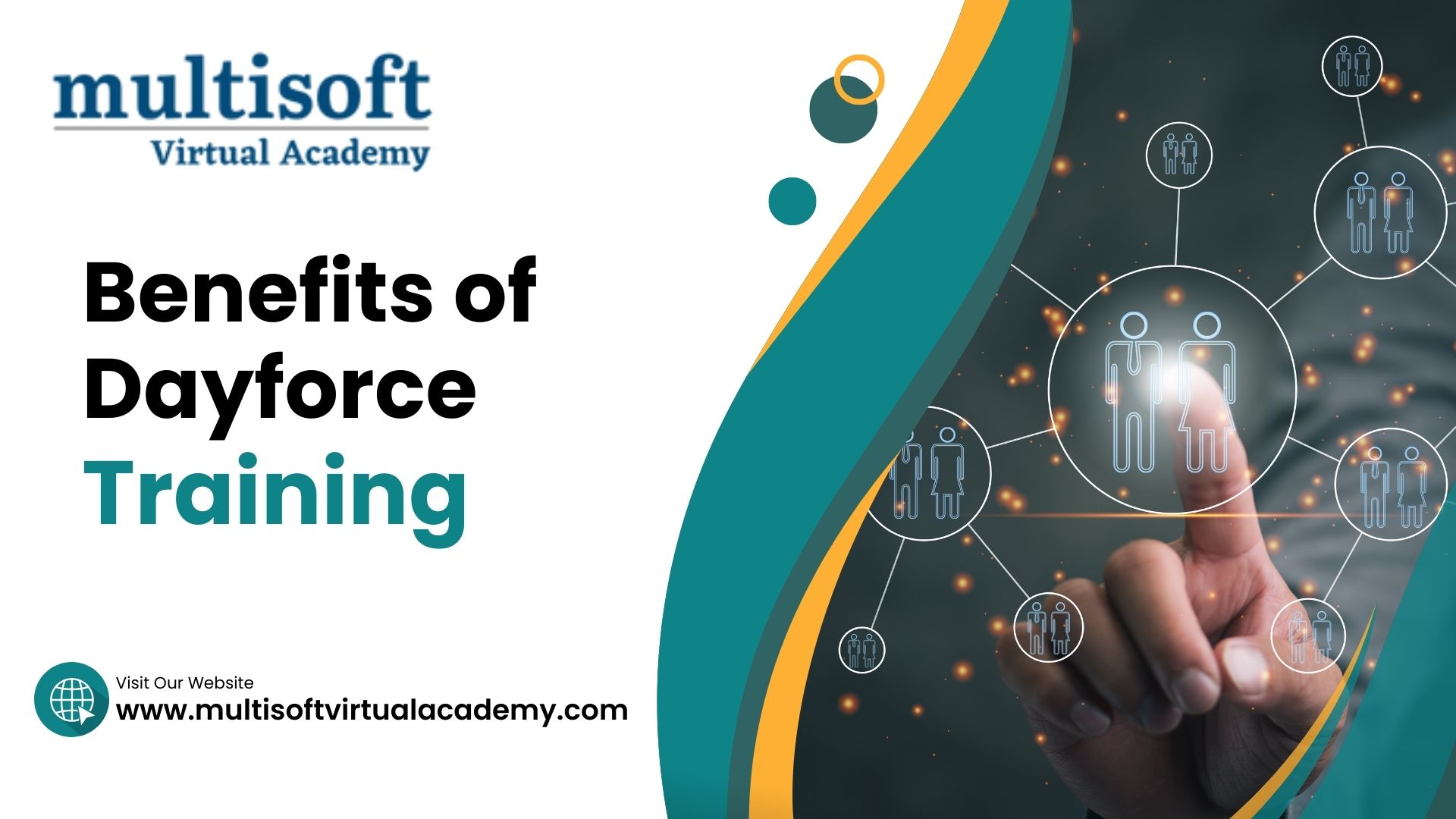



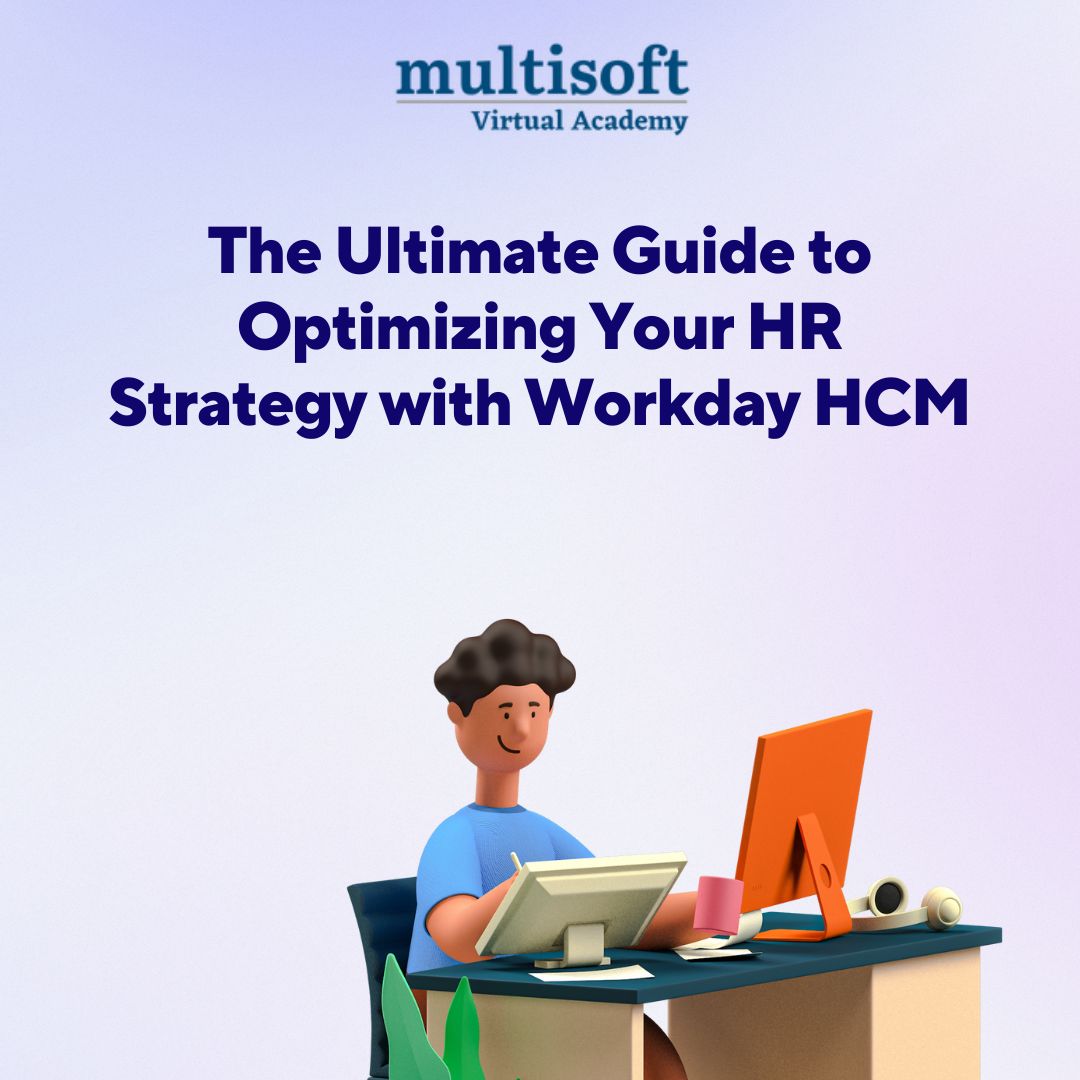





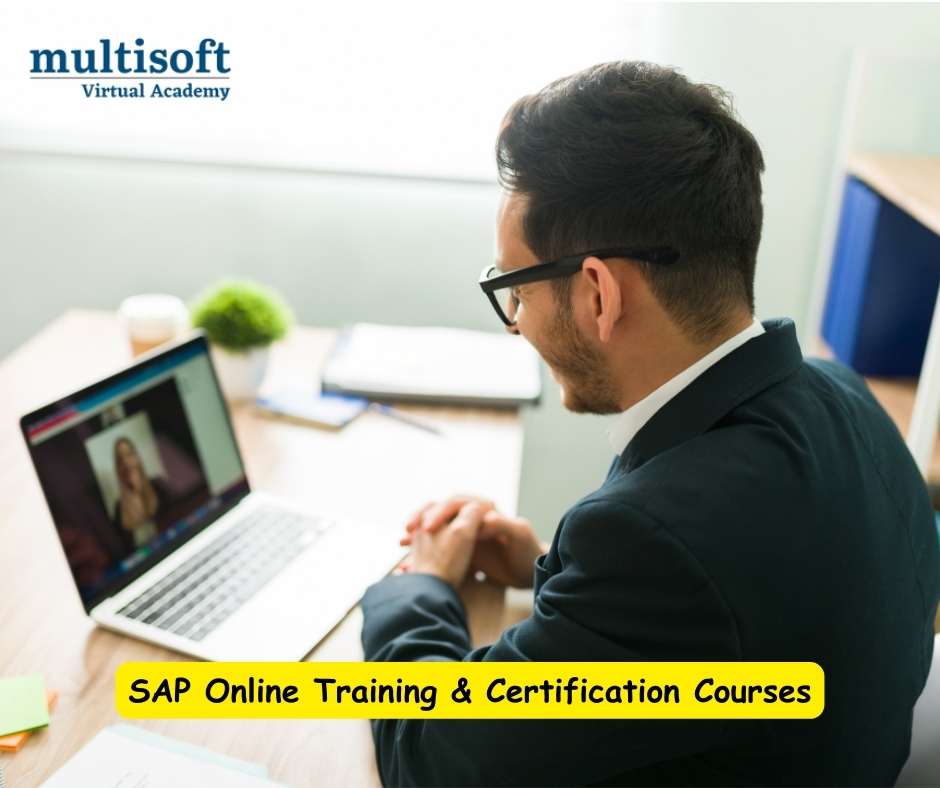







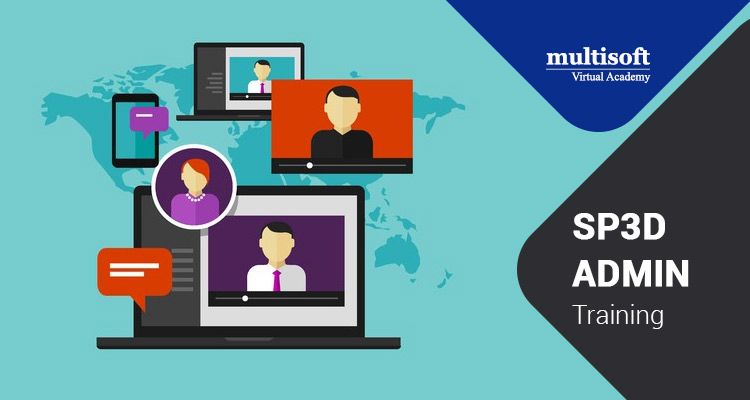
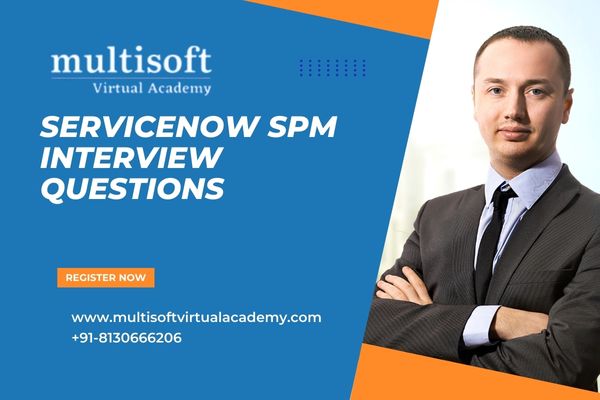












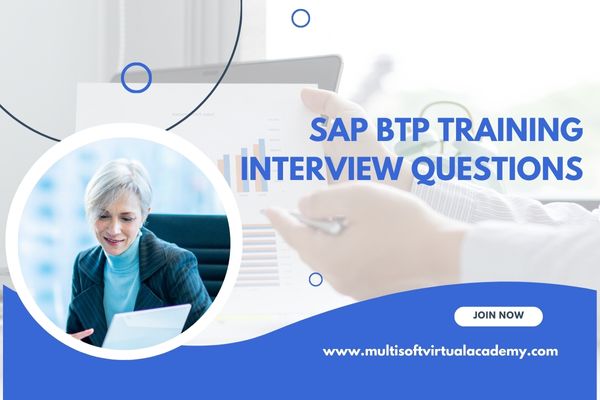



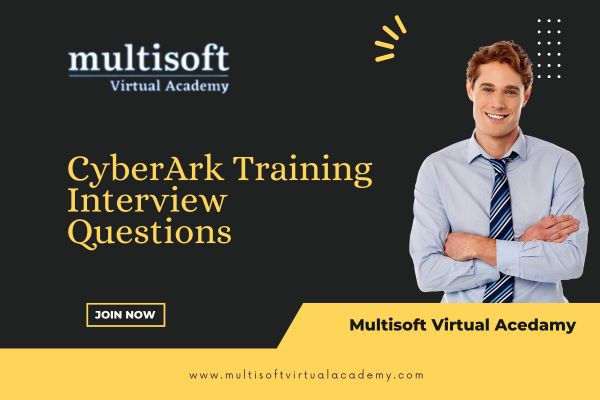

 Join our Live Instructor-Led online classes delivered by industry experts
Join our Live Instructor-Led online classes delivered by industry experts